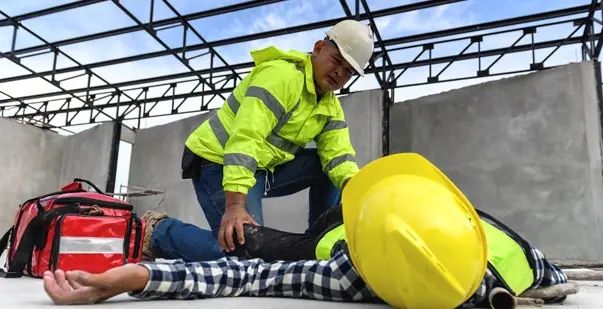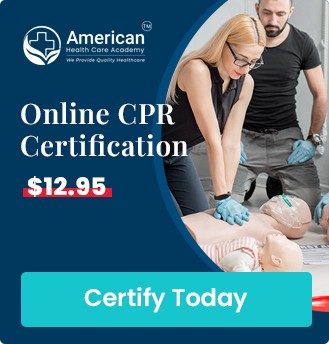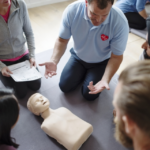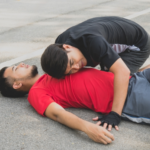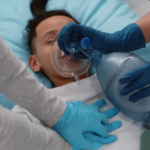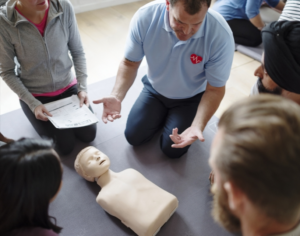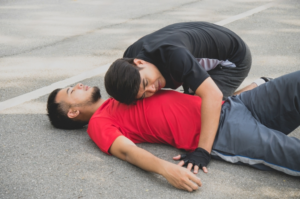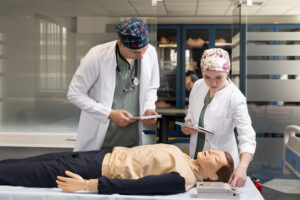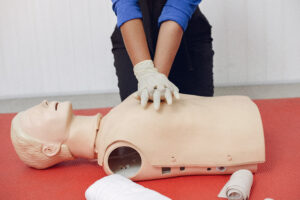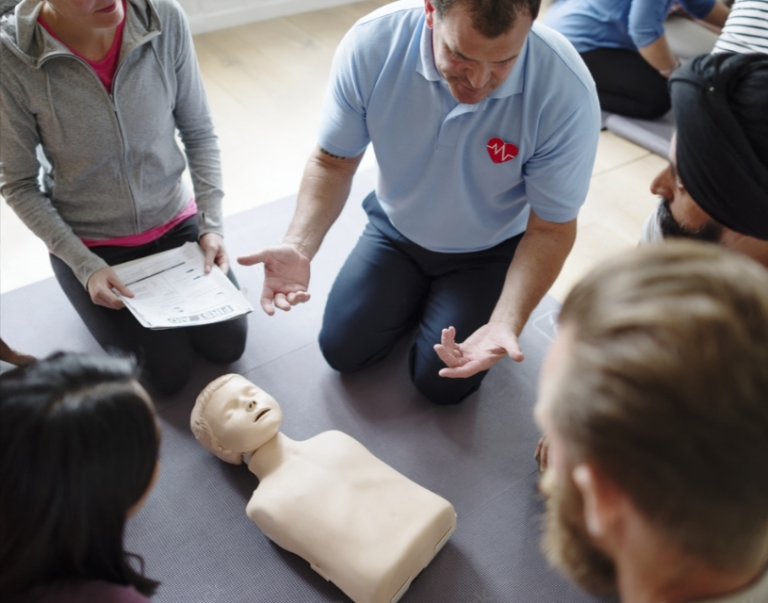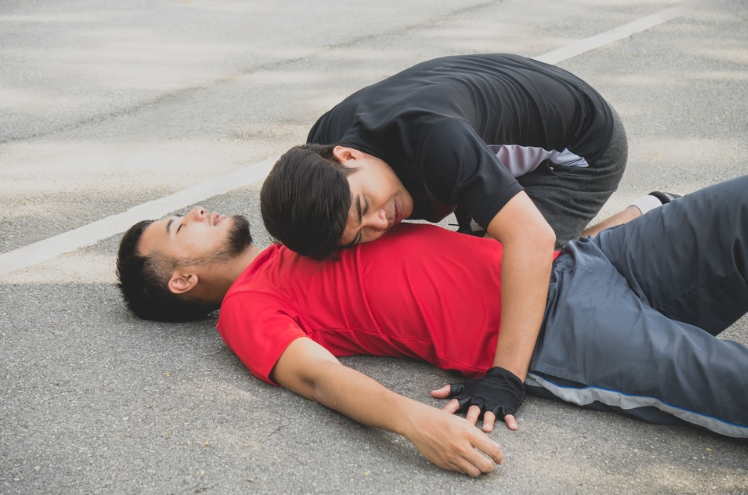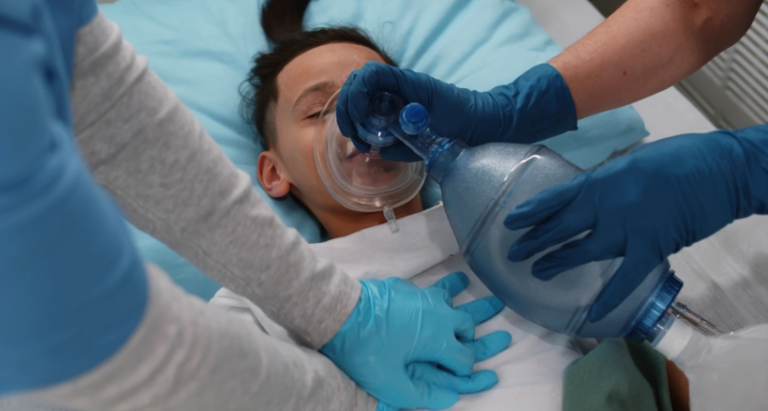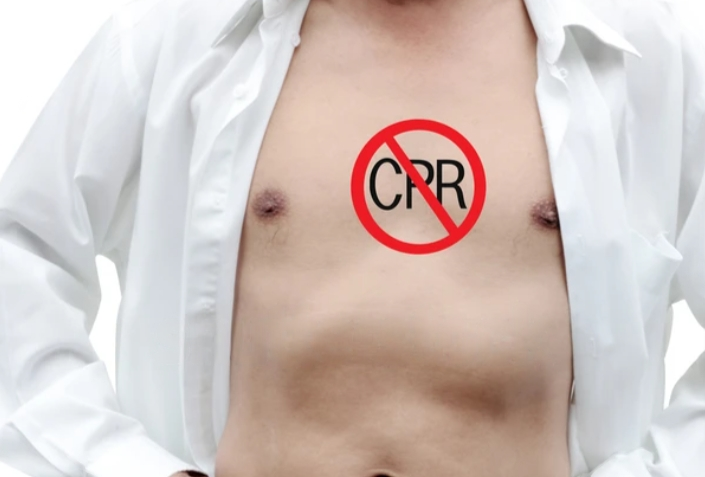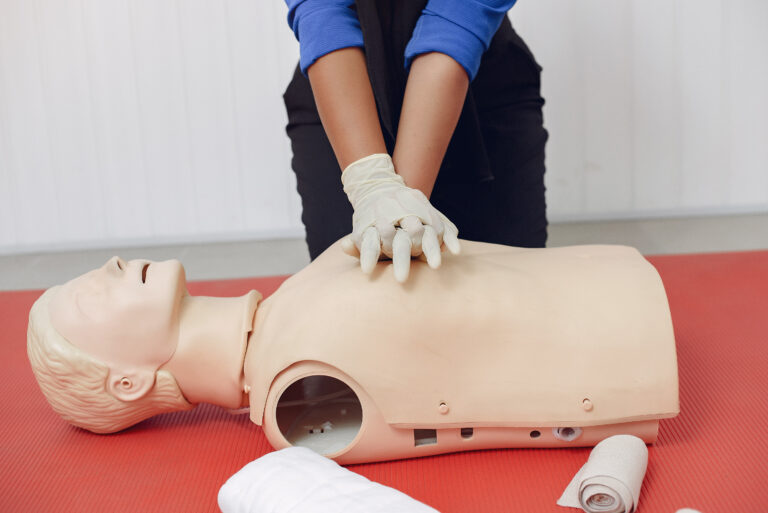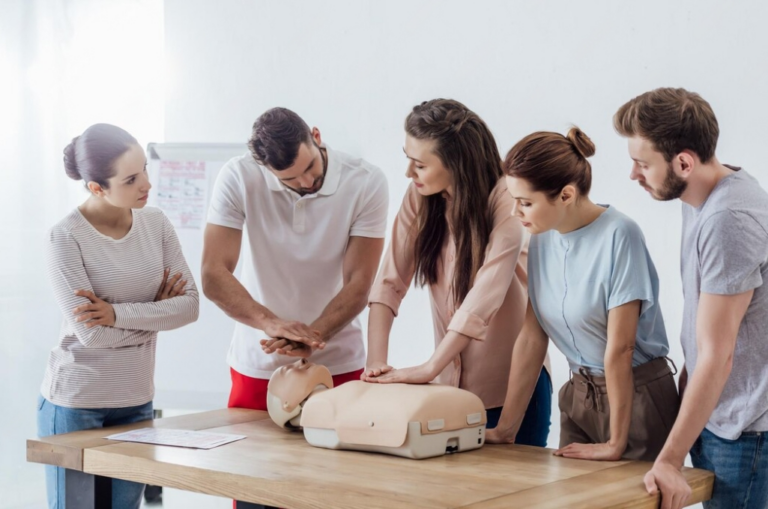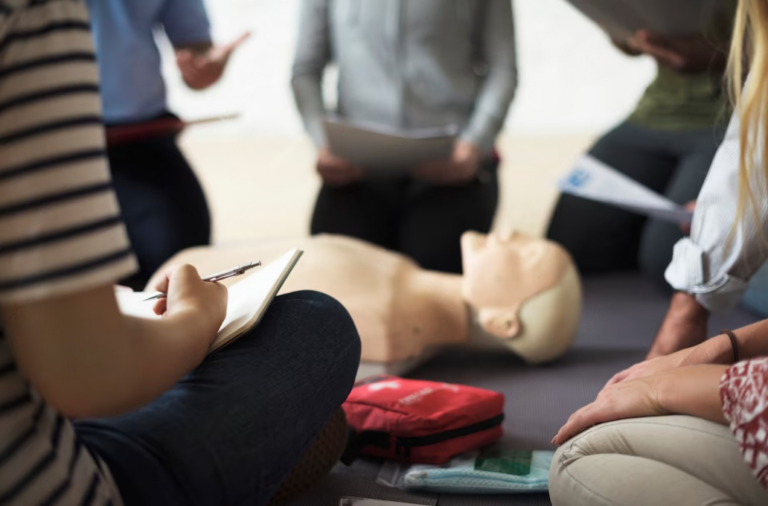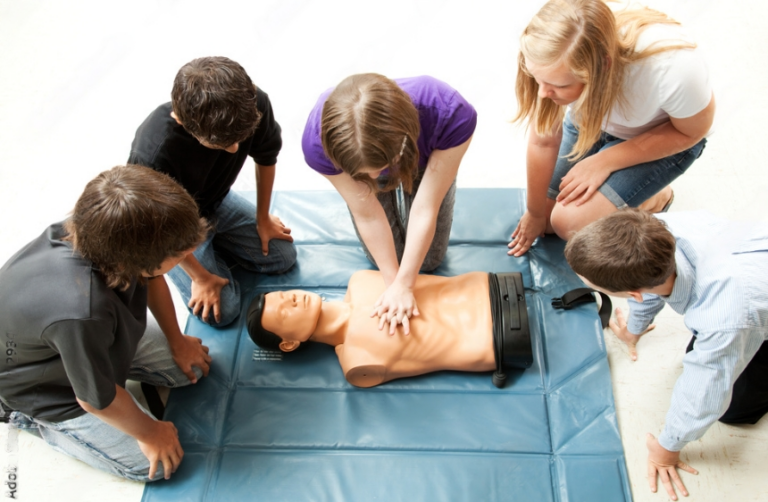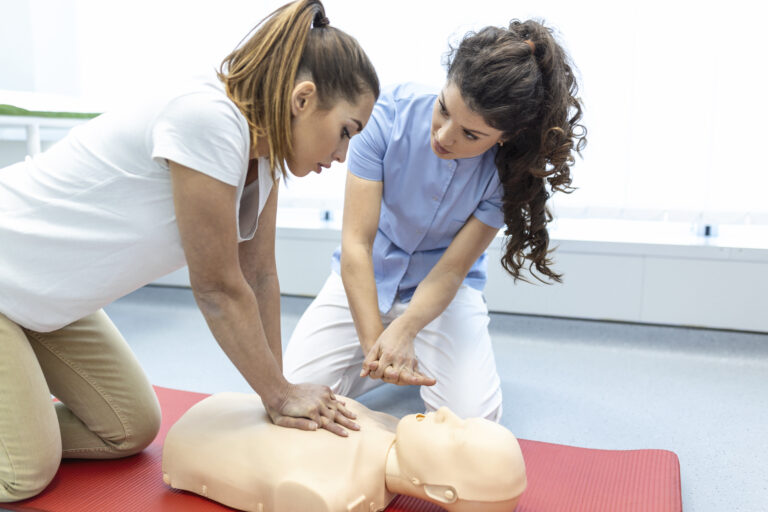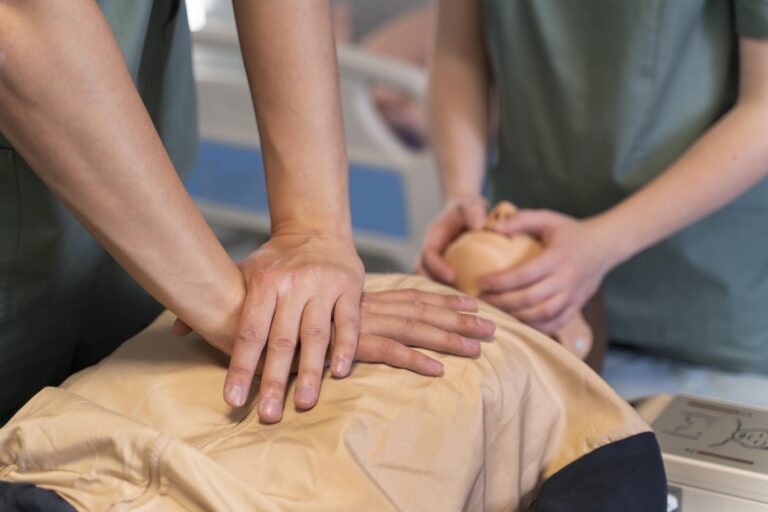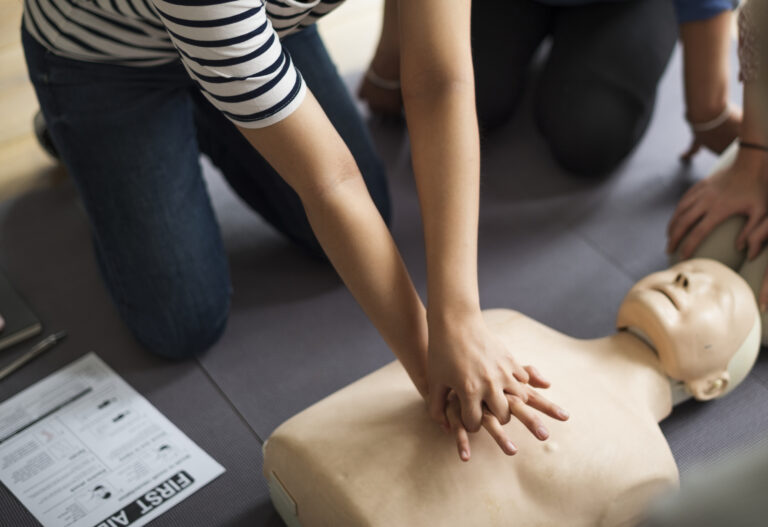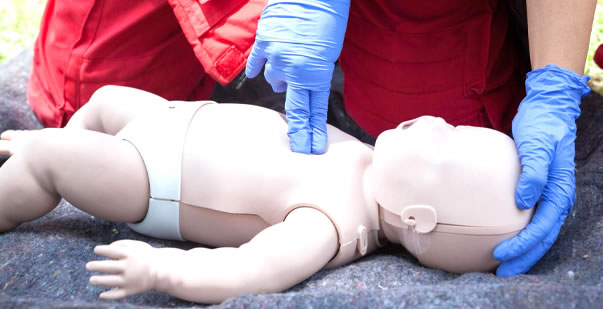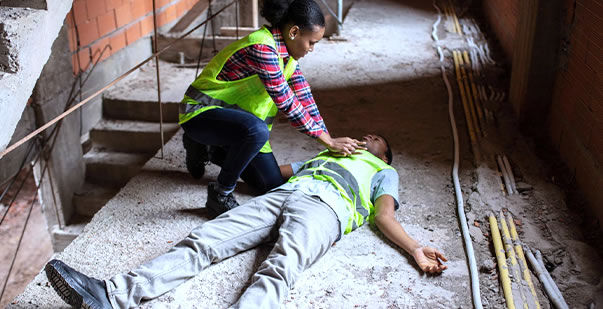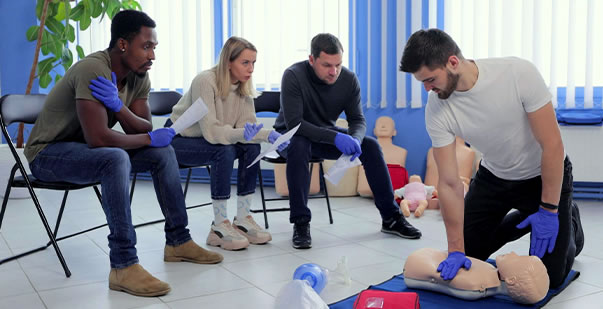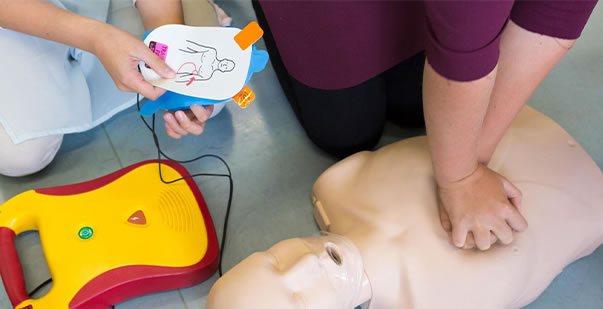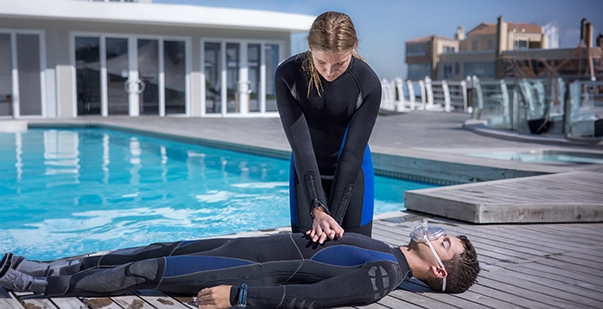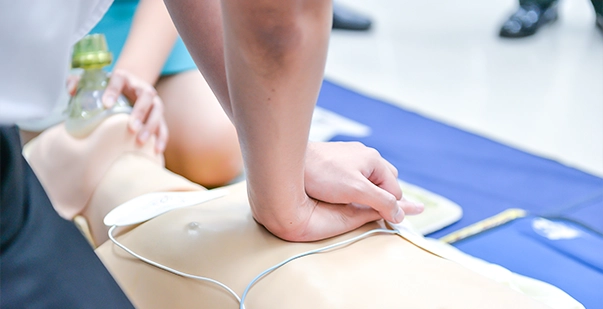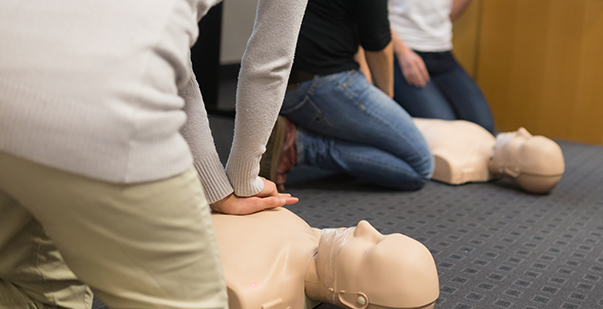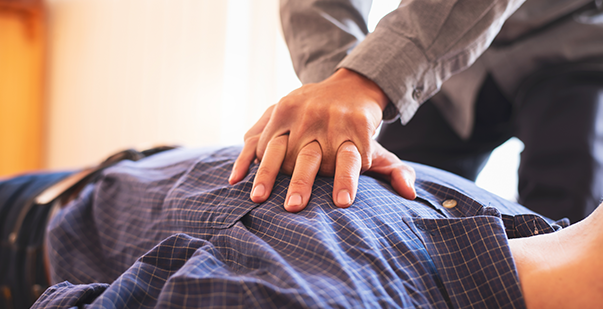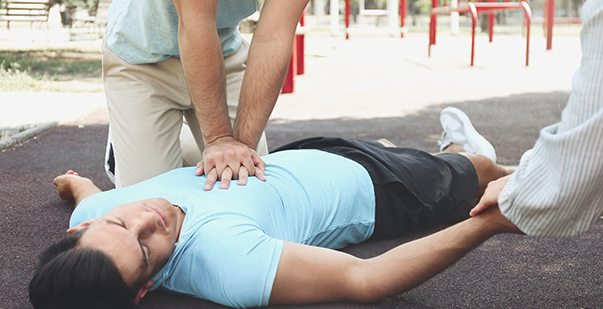You cannot put a value on saving lives. Every year, about 300,000 people experience cardiac arrests outside of hospitals. You may also be aware that 88% of cardiac arrests take place at home. This means that rather than the fire department or ambulance, friends and family make the best emergency first responders. Your ability to begin CPR right away can increase your loved one’s probability of survival by 2 to 3 times.
You can take the online or blended CPR training from the institutes listed on CPR Care Near Me. Look up the institutes that match your requirements and enroll yourself. You can help a loved one in need with confidence when you take the time to get CPR trained. Life is the most valuable thing, after all.
Who are the emergency first responders?
A first responder is someone who has received the necessary training to deal with an emergency. Law enforcement officers, paramedics, firefighters, and EMTs are a few of the professions that fall under the umbrella phrase “first responder.” In a domestic setup, family members are the first responders.
When an accident or natural disaster occurs, first responders are often the first people to arrive on the scene. Their rapid judgment and medical skills can mean the difference between life and death.
How do they help save a life?
The emergency first responders are trained in first aid and CPR. In some cases, they are also trained in using specific tools like operating oxygen tanks and fire extinguishers.
Fires, automobile accidents, and medical crises are a few of the emergencies that first responders frequently deal with. First responders also help during calamities caused by nature, such as hurricanes and earthquakes.
You must be wondering what are the roles of first responders. First responders play an essential role in maintaining the safety of the community. They undergo training on how to manage various emergencies.
Certifications emergency first responders can apply for to save lives with confidence
The main motivation for earning your CPR and first aid training and certification is the possibility of saving lives. If you know how to respond when you see someone who is not breathing, choking, or who has a serious injury, your quick efforts can save their lives until emergency personnel arrive at the scene. If you wish to be an emergency first responder, you should consider taking the following courses:
- Basic First Aid and CPR TrainingFirstly, in addition to saving lives, having first aid and CPR certifications will help in your job applications. Because such training demonstrates sincere care for the community, employers prefer to recruit persons who have obtained at least one of the certifications. Secondly, no matter how careful you are as a parent, accidents do happen. Getting CPR and first aid training can significantly improve how you handle those accidents. You will be able to better safeguard the health of your children.
- Wilderness First Aid CourseThinking of going on a hike? You must ensure that you have finished introductory first aid training classes before embarking on a trek or a wilderness excursion. By taking this course, you will have a foundational understanding of how to treat illnesses and injuries that could arise in the wilderness. Wilderness first aid course also includes CPR. It is crucial to know how to provide CPR if you’re planning to go at a high altitude because some people may have trouble breathing there. You will also learn the correct first aid procedures and how to properly dress wounds.
- CPR/BLS CourseBasic Life Support or BLS course includes CPR as well. First responders, trained bystanders, public safety experts, and paramedics can administer it and save lives on the spot of an incident. CPR is a life-saving procedure that simulates a patient’s regular heartbeat while they are being compressed in the chest until emergency help comes. BLS is more complicated and time-consuming than CPR. When considering a profession in the healthcare sector, first responders are typically better suited for BLS training.
The Four Phases of Emergency Management
Phase 1: Assess the scene for any dangers. As a first responder, you can’t help anyone if you are injured or in danger. You move an injured individual only if it’s necessary. Move them to administer cardiopulmonary resuscitation (CPR) if they are in danger. Call 911 or ask anyone around to do it.
Phase 2: Take necessary precautions at the scene of an emergency. Wear your PPE kit. It assists in protecting you from the victims’ blood and body fluids that might cause infections.
Phase 3: Investigate the problem. If the victim is breathing, check for symptoms of harm such as bleeding, burns, broken bones, or bites. Remain with the patient until professional help arrives. However, start CPR and use an AED if the patient is not breathing regularly.
Phase 4: Maintain privacy. You might discover personal information about the people you assist, such as their health conditions. Please provide the paramedics with all relevant information about an injured person. Keep personal information private.
Conclusion
First responders have a crucial role in society, however, they frequently go unappreciated for what they do. Anyone who offers emergency services to civilians are referred to as emergency first responders. There are many CPR and First Aid training providers listed on CPR Care Near Me. You can choose to enroll and get certified in CPR and other life-saving techniques through the institute of your choice. Register now!

